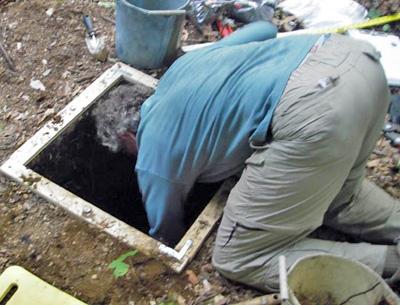Changes in Forest Biomass, Soil pH, Extractable Ca and Al in Adirondack Spruce-fir, Northern Hardwood and Pine Forest Plots, 1984-2004

In the early 1930s and repeated in 1984, scientists measured soil pH and calcium levels, as well as vegetation, on more than 60 plots across the Adirondack Mountains. From 2004 to 2006, NSRC researchers repeated the 1984 vegetation and soil studies on 54 of the plots.
For the time period between 1930 and 2006, researchers discovered a 50% depletion of plant available soil calcium in organic and upper mineral soil horizons in spruce-fir, northern hardwood, and pine forests. In spruce-fir plots, there was 35% reduction in live red spruce basal area between 1984 and 2004, and in the northern hardwood plots, a significant reduction in sugar maple sapling density. Both of these species are known to be adversely affected by low soil calcium levels.
The period of high red spruce mortality in the Adirondacks that was observed in the 1980s continued through at least the 1990s. Other scientists conclude that reduced freezing tolerance related to the loss of spruce needle cell membrane calcium and repeated winter injury were important factors in the widespread mortality of high-elevation red spruce. In this 2004-2006 study, NSRC researchers documented significant, severe red spruce mortality in plots that were subject to a substantial reduction in available soil calcium. Though less impressive, they also recorded a reduction in sugar maple saplings in the northern hardwood plots, though there was no way to confirm that soil calcium was a factor.
